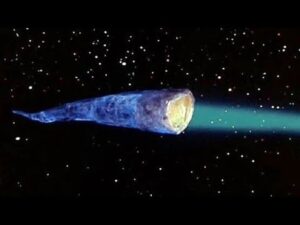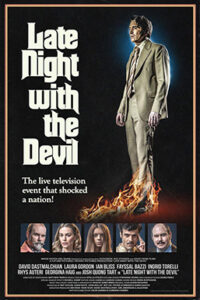Released in 1979 as the Italian giallo genre began to die off at the box office Enigma Rosso (American Title The Red Ring of Fear) is a terrible movie with nothing to recommend it. Part of a sub-genre of giallo dealing with schoolgirls in trouble, often sexual trouble, these films often abandoned the stylish look giallo for blatant and crass sexualization. Enigma Rosso took this lesson to heart and at nearly ever turn when the six writers and the direct feared that the audience may have become bores quickly switched to some gratuitous feminine nudity.
The plot, as incomprehensible as it is, runs thusly. A young high school girl is found in the river, dead and wrapped in plastic sheeting. (Yes, both me and my Sweetie-wife had the same flashback to a much better piece of media.) Chief Inspector Di Salvo leaves the bed of his tea-thieving girlfriends and begins investigating. More girls die or are nearly killed by the mysterious murdered while the first victims little sister provides Di Salvo with vital clues from her own investigations. (Really that want us to take the 9-year-old Scooby-doo plot quite seriously.) The movie presents unestablished plot twists and even feature Di Salvo interrogating a suspect while riding a roller coaster in a supposedly threatening manner.
In the film final act murders are revealed though nothing has been laid out to the audience as hinting in any way that this was the twist, and the final revelation is simply beyond any definition of the word ‘credible.’
The cast sleepwalks through this movie and the gratuitous nudity are all the film makers have to even try and hold a person’s attention.
Avoid Enigma Rosso.
 .
.

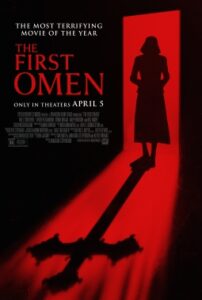

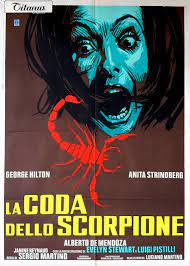
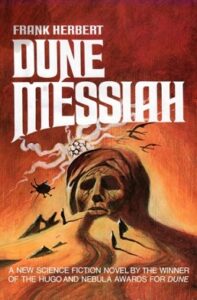 .
.